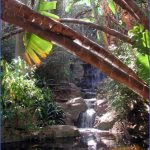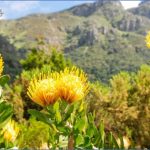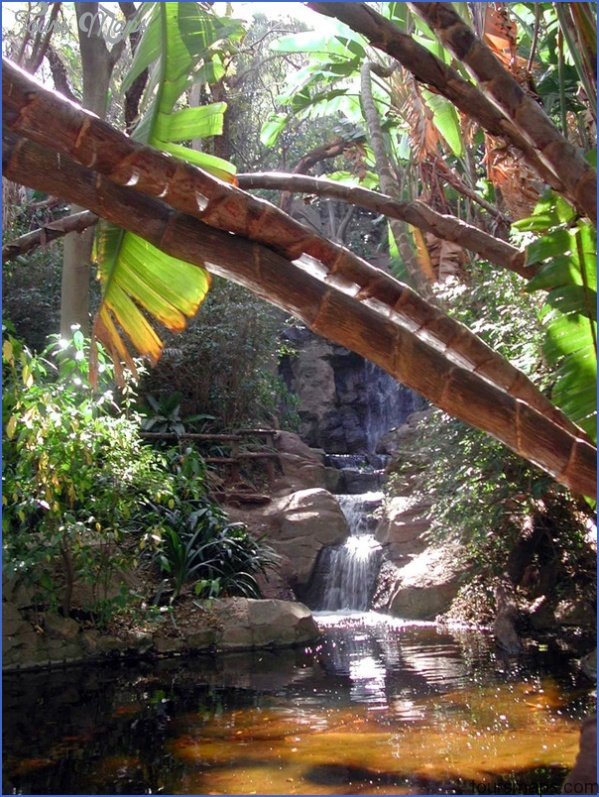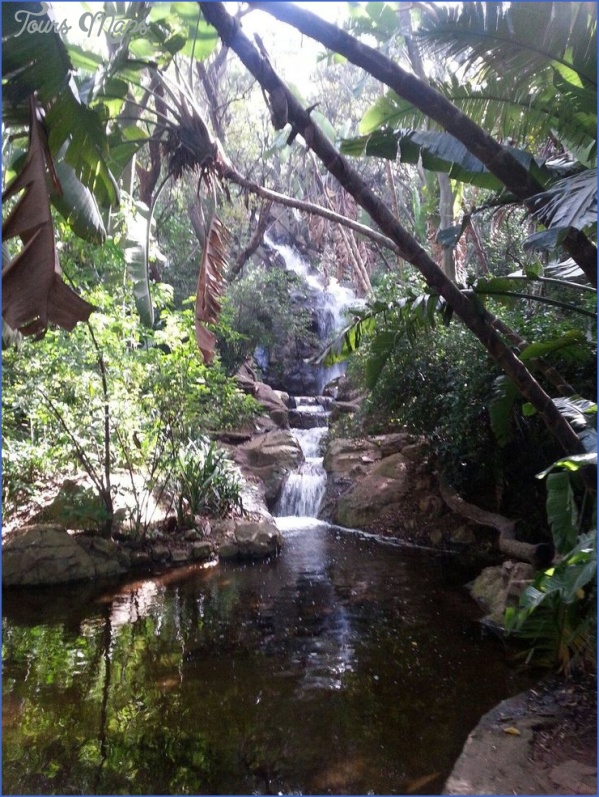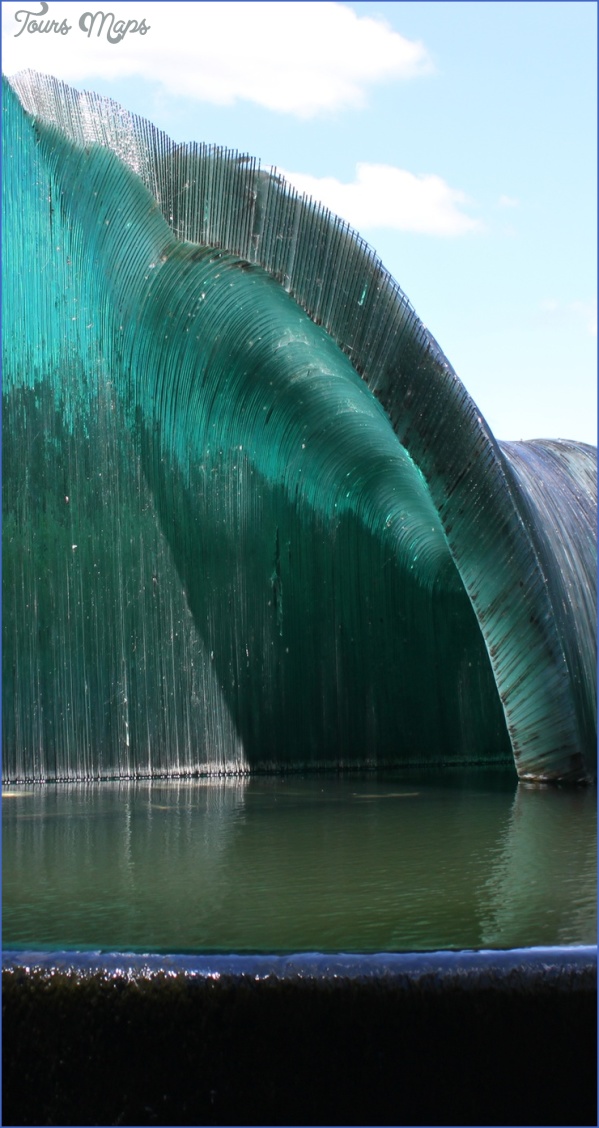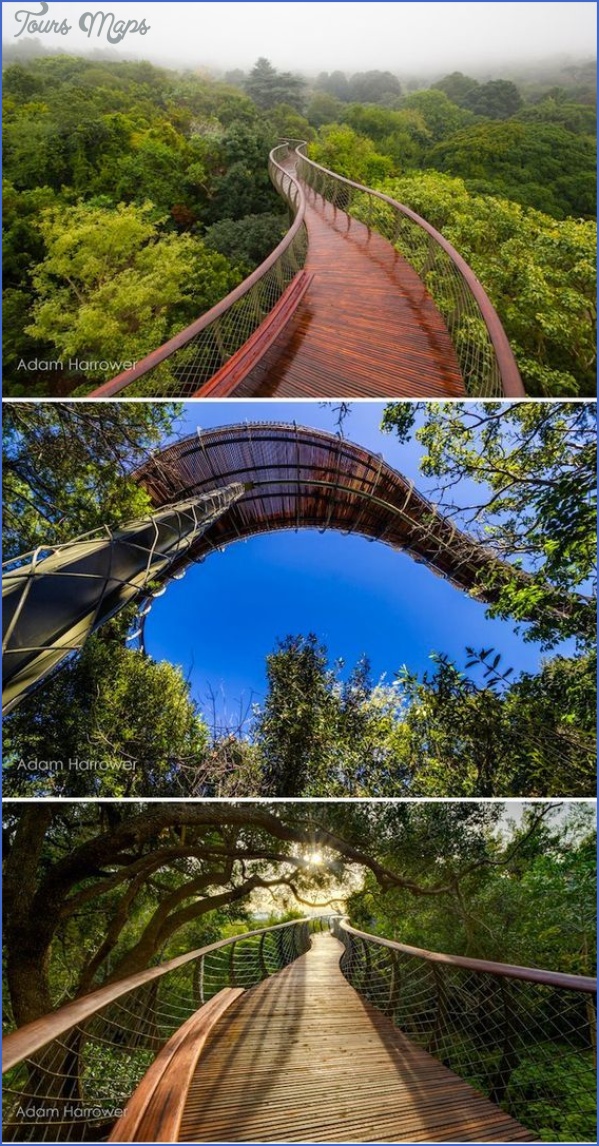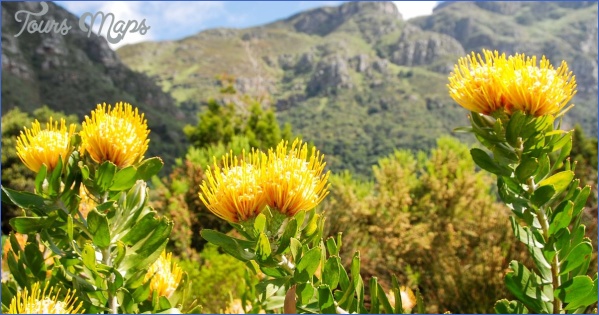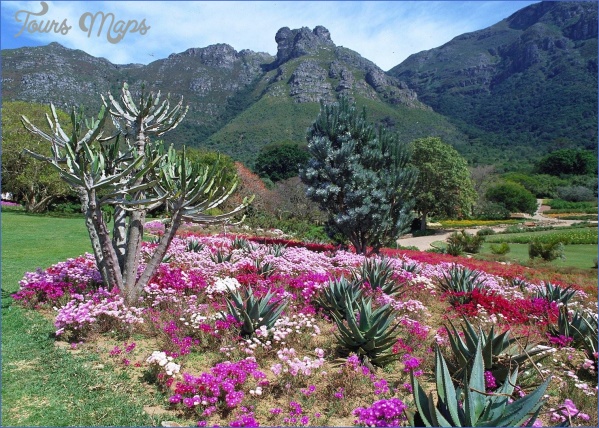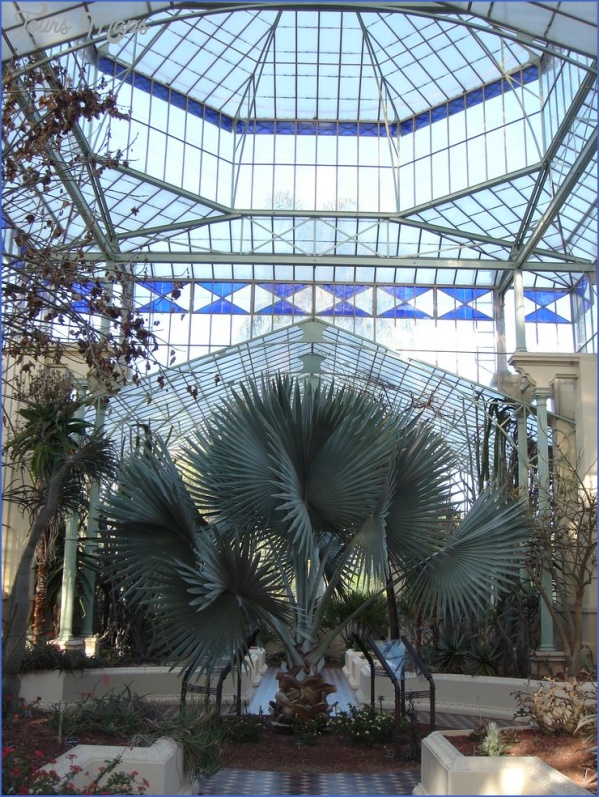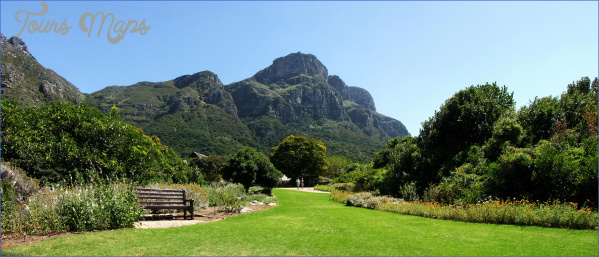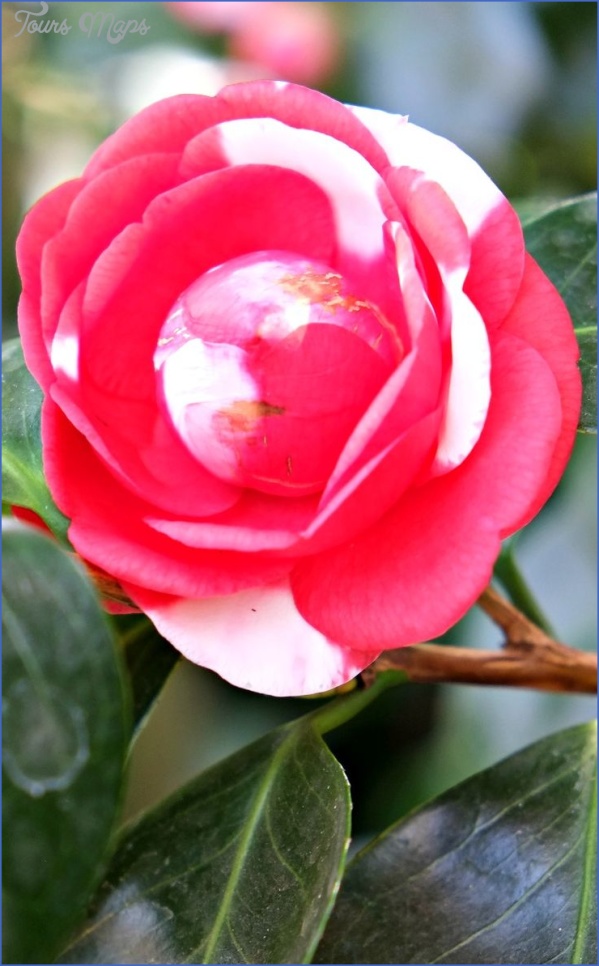Muriel E. Johns (1901-1977) spends time with young well-wishers on the day of her formal retirement in 1959. Her role in promoting Kirstenbosch as an outdoor classroom and inspiring a love for nature is legendary.
Kirstenbosch was fortunate to have had another remarkable woman appointed as Nature Study Teacher in 1932, the legendary Miss Muriel E. Johns (1901-1977). She continued in this role, even after retirement, until 1962 – a total of 31 years. Building on the programme successfully initiated by Starke, and with the same minimal facilities, Johns presented outdoor classroom experiences for nursery schools, primary schools, high schools and Training Colleges – in fair weather and foul.
Trips To Kirstenbosch National Botanical Garden And Australia Photo Gallery
Anne Bean, a colleague who also served Kirstenbosch for many years, wrote of Johns: many are the memories, andfew are the students that did not retain vivid impressions of her lessons, for she was both a forceful personality and a vivid and dramatic teacher with a flair for making use of educational opportunities unrecognised by others ’.
A Lecture Room was built in 1938 (today’s Sanlam Hall), providing shelter from the winter storms, and space for a small museum of curiosities – including live frogs, lizards and snakes – to excite and amaze the children. The memories and impressions of the Garden that school children take with them help foster enthusiasm for nature in later life.
Gold Fields Environmental Education Centre
By the 1990s, the changing sociopolitical landscape in South Africa called for new responses to the exciting opportunities offered. In 1993 the then Cape Provincial Administration, using the rather tired excuse of limited funding, terminated the 70-year tradition of supporting two Education Officers at Kirstenbosch. While lack of funds had constrained the Garden’s development throughout its history, it now precipitated a new approach.
In 1990 the Corporate Strategic Plan for the newly established National Botanical Institute outlined the mission of the environmental education programme: ‘to use the gardens and resources of the NBI to inspire and enable people to take responsibility for their environment’. While retaining the central role of the NBGs as incomparable ‘outdoor classrooms’, the new concept of ‘outreach greening’ was accepted – an opportunity for the NBI to contribute actively to the environmental empowerment of the poorer, previously marginalised communities of the townships.
Maybe You Like Them Too
- Top 10 Islands You Can Buy
- Top 10 Underrated Asian Cities 2023
- Top 10 Reasons Upsizing Will Be a Huge Travel Trend
- Top 10 Scuba Diving Destinations
- World’s 10 Best Places To Visit

